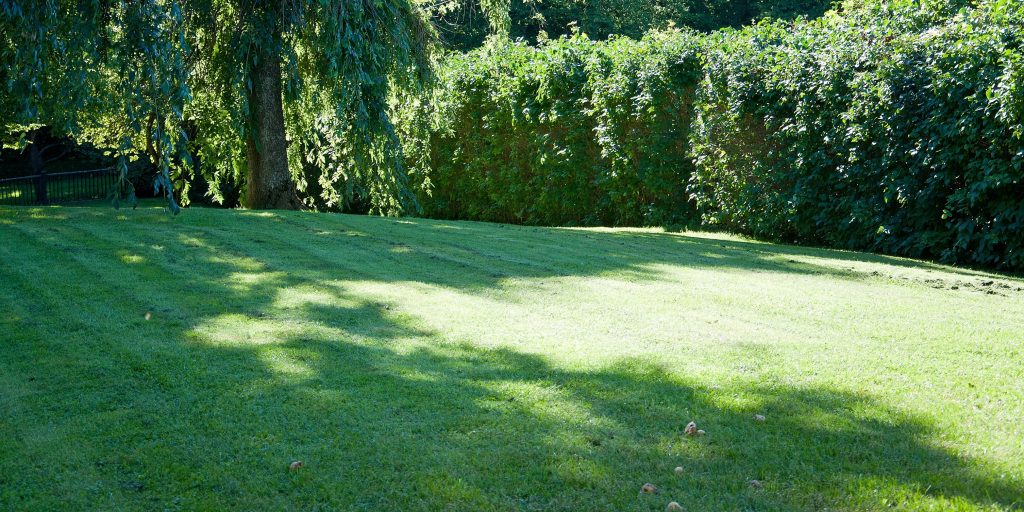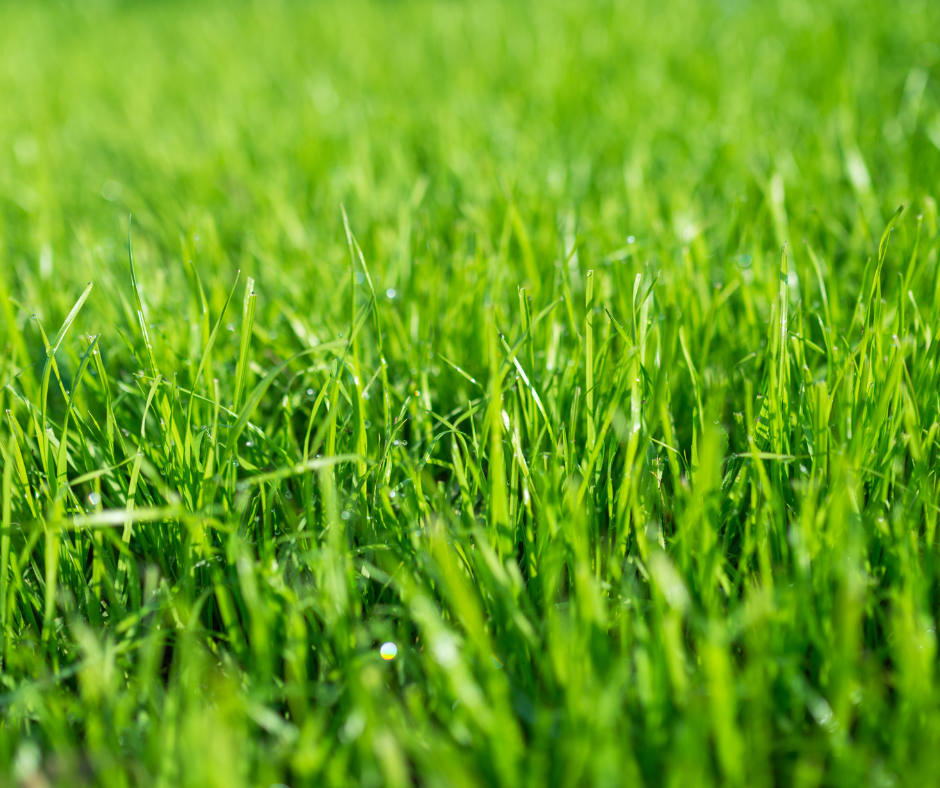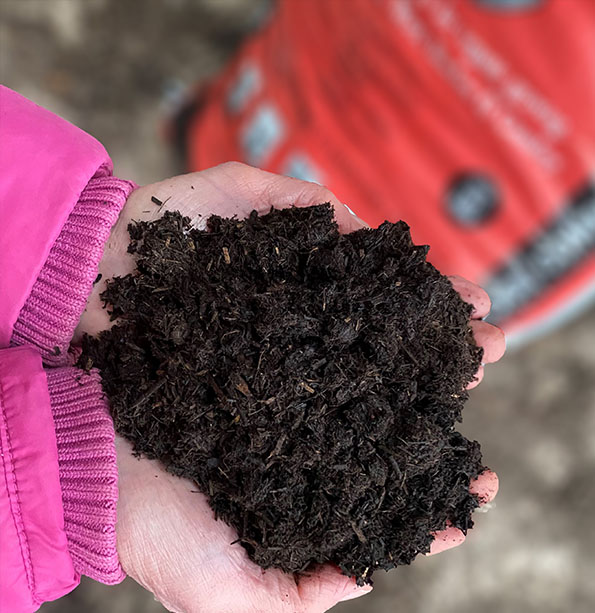
When it comes to choosing the right type of turf for your lawn, there are many factors to consider. One of the most important is whether or not your lawn gets a lot of sun. If you have a north-facing garden, you might be wondering if shaded turf is the best choice for you.
In this post, we are going to share with you the pros and cons of shaded turf. By the end, you should have a better idea of what type of turf is right for your lawn.

The Pros of Shaded Turf
A shaded turf is a great option for those who have a lawn that is mostly in the shade. This type of turf is specifically designed to thrive in shaded conditions and can help keep your lawn looking lush and green even when it doesn’t get a lot of sun. The main advantage is that it is drought-resistant, meaning you won’t have to water it as often after it has established. As a result, it can help you save time and money on your lawn care.
Additionally, it is more resistant to disease and insect infestations. It also requires less fertilisation than other types of turf grass. This is because the turf is designed to get most of the nutrients it needs from the shade and rainwater. You won’t have to worry about lugging around a heavy bag of fertiliser or having to frequently replace it either, which can save you even more money and time. Finally, shaded turf is typically very low maintenance and easy to care for, so you don’t have to worry about spending hours tending to and mowing your lawn.
The Cons of Shaded Turf
One of the biggest drawbacks of shaded turf is that it is more expensive than some other types of turf grass. This is because it is a specialist seed mix which is less commonly produced than the traditional grass seed mixes. Additionally, shaded turf is a creeper, which means it likes to spread out. It can grow into beds and along paths which can be difficult to prevent.
Another issue with shaded turf is that it tends to grow slower than other types of grass. This means that it can take longer to achieve the desired results in terms of lawn coverage and aesthetics. Additionally, it can be more difficult to achieve a uniform lawn as the colours can vary between plants. This is due to the lack of direct sunlight, as the shorter plants that receive more sun will grow in lighter colours than the taller plants.

Making the right decision
Choosing the right type of turf for your lawn can be a difficult decision. It is important to weigh the pros and cons of each option and decide which one is the best fit for your specific needs. If you have a shaded lawn, then shaded turf may be the best choice for you. It is drought-resistant, requires less fertilisation, and is low-maintenance. However, if your lawn is mostly sunny, then traditional turf may be the better choice for you. By considering all of the options, you should be able to make the best decision for your lawn and enjoy a beautiful, vibrant outdoor space.
We hope this has helped and if you should have any further questions please do not hesitate to get in touch with our team.




















